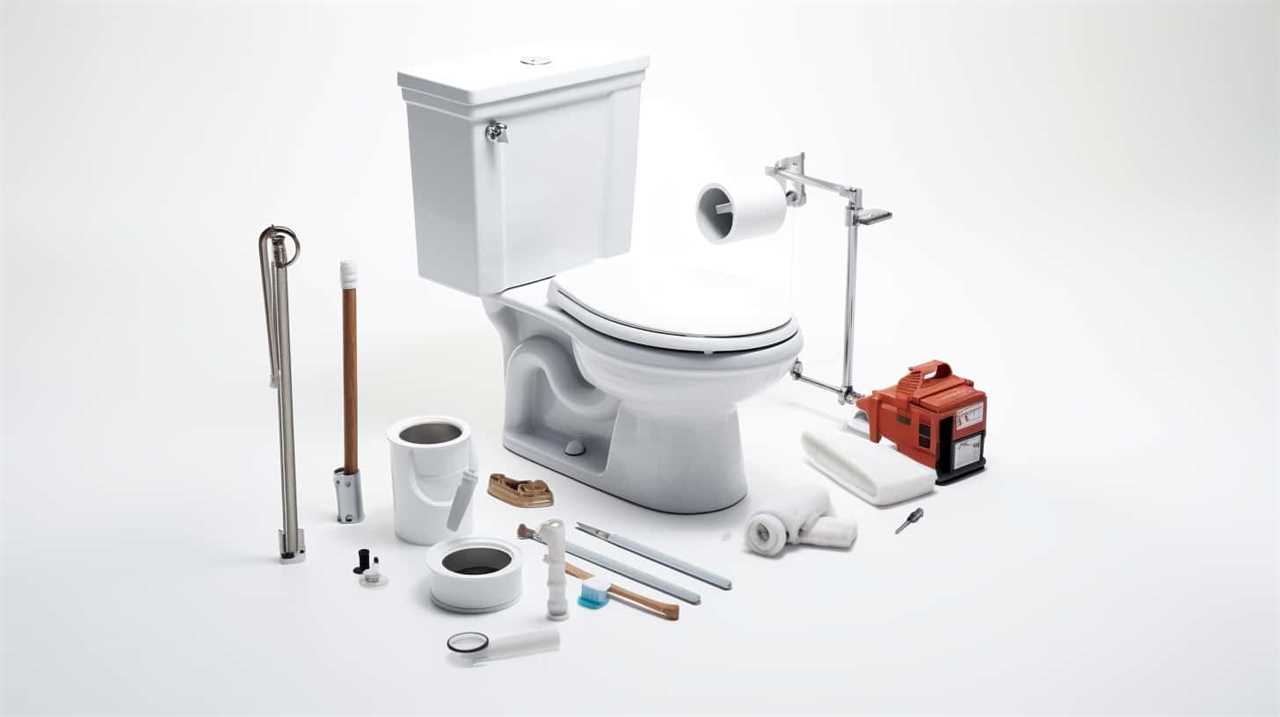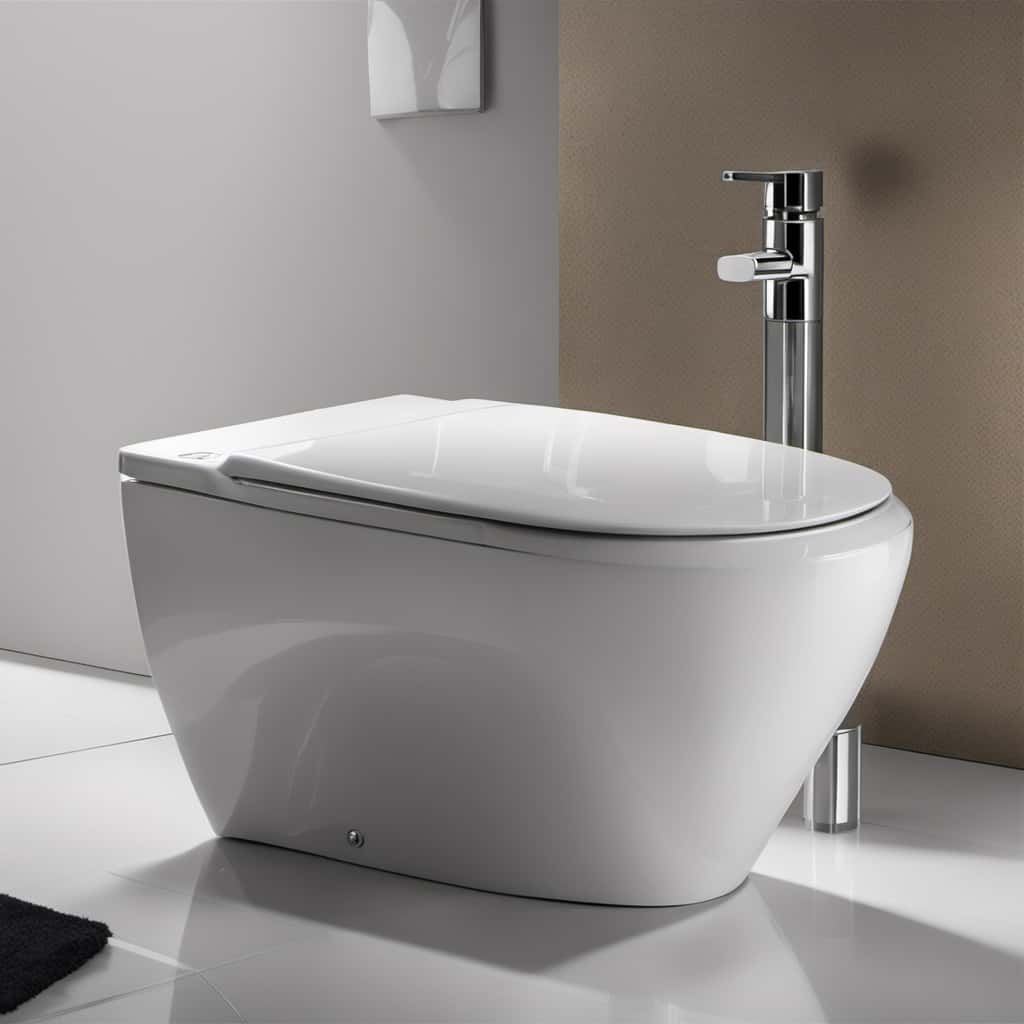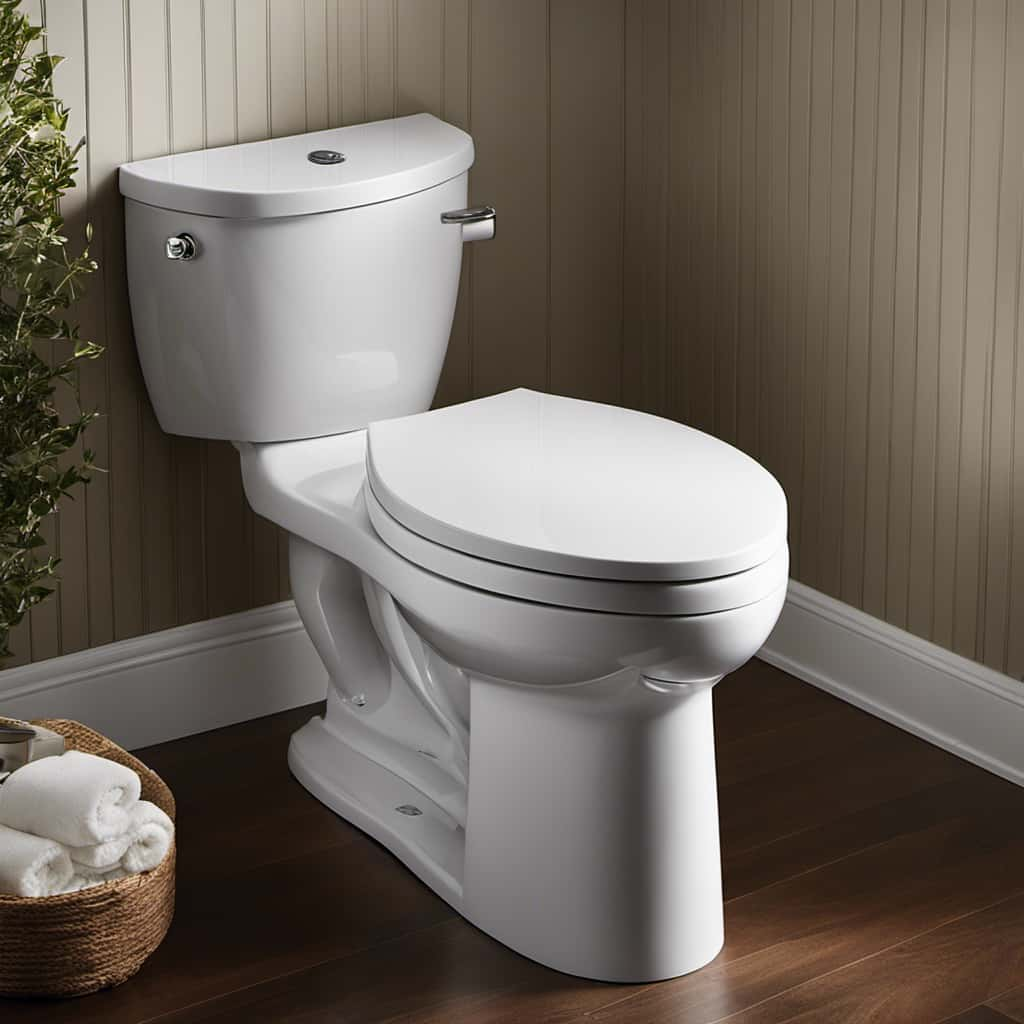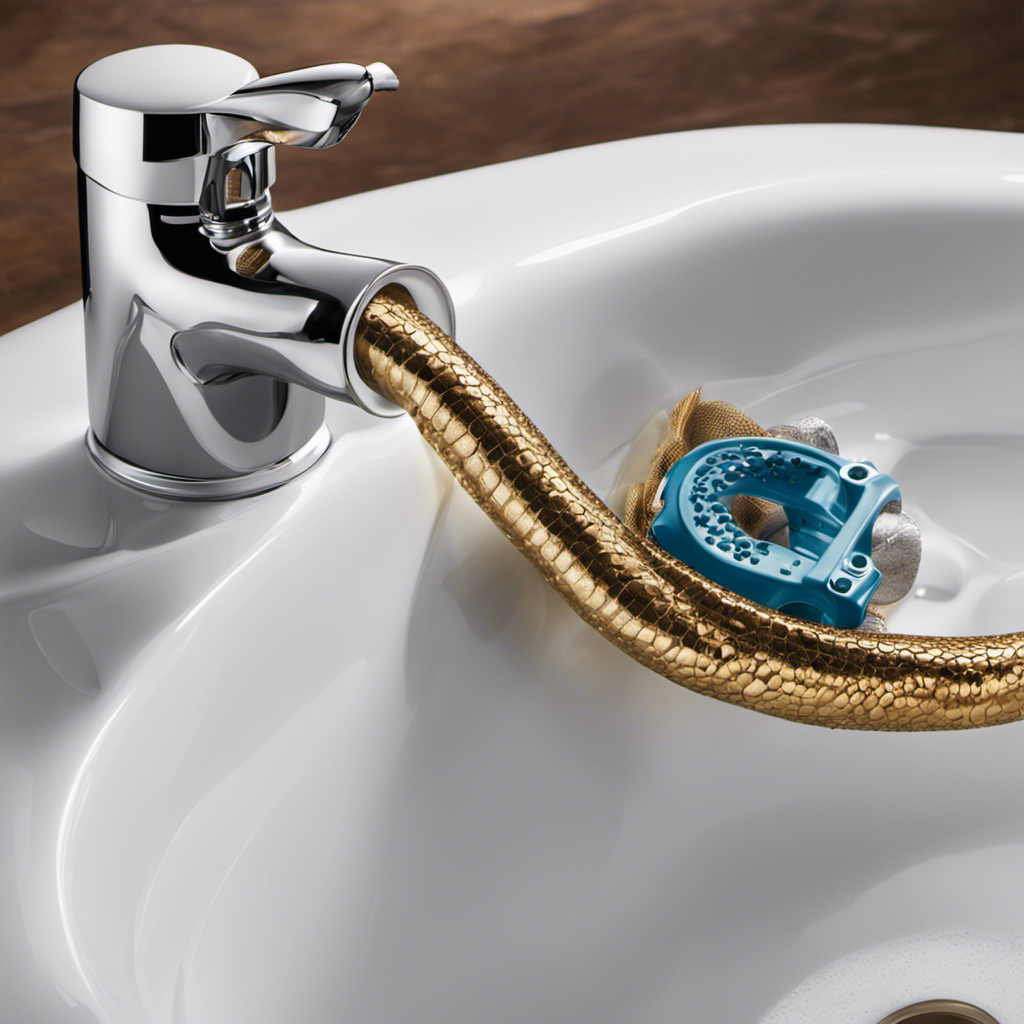Have you ever wondered how long black water can stay in your RV tank? Well, we’ve got the answers you need.
In this article, we’ll explore the factors that affect black water longevity, provide a recommended time frame for emptying your tank, and offer tips for maintaining a clean black water tank.
Plus, we’ll discuss the signs of black water tank overflow and proper disposal methods.
Get ready to become a master of RV sanitation!

Key Takeaways
- Proper tank maintenance and regular cleaning are crucial for odor control and preventing waste accumulation and bacteria growth.
- The recommended time frame for emptying the black water tank is every three to five days, depending on usage.
- Tips for maintaining a clean black water tank include thorough flushing, using tank cleaning solutions, regular emptying and rinsing, and using plenty of water when emptying.
- Signs of black water tank overflow include slow draining, unpleasant odors, and gurgling noises.
Factors That Affect Black Water Longevity
There are several factors that can significantly impact how long black water can stay in our RV tank. One of the most important factors affecting odor control is proper tank maintenance. Neglecting to clean and maintain the tank can lead to the accumulation of waste and bacteria, resulting in foul odors. It’s crucial to regularly flush and clean the tank to prevent these issues.
Another factor to consider is the size of the tank. Smaller tanks will fill up more quickly, requiring more frequent dumping.
Additionally, the type and quality of chemicals used for odor control can greatly affect the longevity of black water in the tank. Using ineffective or low-quality chemicals can lead to increased odor and the need for more frequent dumping. It’s important to avoid common mistakes in black water tank maintenance, such as using excessive amounts of chemicals or not properly sealing the tank after dumping.
Recommended Time Frame for Emptying Black Water Tank
To ensure proper maintenance and prevent unpleasant odors, we recommend regularly emptying the black water tank within a reasonable timeframe. The recommended frequency for emptying the black water tank is every three to five days, depending on usage. This ensures that waste doesn’t have a chance to accumulate and cause potential risks such as clogs or leaks. Leaving black water in the tank for longer periods of time can lead to the growth of bacteria and the formation of solid deposits, which can be difficult to remove and may require extensive cleaning.

Tips for Maintaining a Clean Black Water Tank
Regular maintenance is essential for keeping our black water tank clean and odor-free. To effectively clean the tank, start by flushing it thoroughly after each use. This will help remove any solids and prevent the build-up of waste.
Additionally, using a tank cleaning solution can help break down waste and eliminate odors. Make sure to follow the instructions on the cleaning product for best results.
Another important tip is to regularly empty and rinse the tank. This will prevent any residue from accumulating and causing odors. When emptying the tank, use plenty of water to flush out any remaining waste.
Signs of Black Water Tank Overflow
When the black water tank in our RV reaches its maximum capacity, signs of overflow become evident. It’s important to be aware of these signs in order to prevent any messy and unpleasant situations. Here are three key indicators that your black water tank is about to overflow:

- Slow draining: If you notice that water is taking longer than usual to drain from your RV’s sinks, showers, or toilet, it could be a sign that your black water tank is nearing its limit.
- Unpleasant odors: Foul smells coming from your RV’s bathroom area are a clear indication that your black water tank is reaching its capacity. This is a sign that the waste isn’t properly contained and needs to be addressed immediately.
- Gurgling noises: When you hear strange gurgling sounds coming from your RV’s plumbing system, it may mean that your black water tank is almost full and needs to be emptied.
Proper Disposal Methods for Black Water
We dispose of black water in RV tanks by emptying it at designated dumping stations. Proper disposal methods for black water are essential to ensure compliance with proper disposal regulations and minimize the environmental impact. When emptying the black water tank, it’s important to follow the guidelines set by the local authorities and RV park regulations.
These regulations may include using specific dumping stations, properly securing the sewer hose, and wearing protective gloves. By adhering to these regulations, we can prevent contamination of water sources and maintain a clean and safe environment.
Additionally, it’s crucial to be mindful of the environmental impact of black water disposal. Using biodegradable RV toilet paper and environmentally-friendly tank treatments can help minimize the negative effects on ecosystems.
Ultimately, proper disposal methods are essential for the well-being of both our RV community and the environment.

Conclusion
In conclusion, the longevity of black water in an RV tank depends on various factors such as usage, tank size, and maintenance. On average, it’s recommended to empty the black water tank every 3-5 days to prevent overflow and maintain cleanliness.
Interesting fact: Did you know that an average RV black water tank can hold up to 40-60 gallons of waste?
Regular maintenance and proper disposal methods are essential for a hassle-free and odor-free RV experience.










